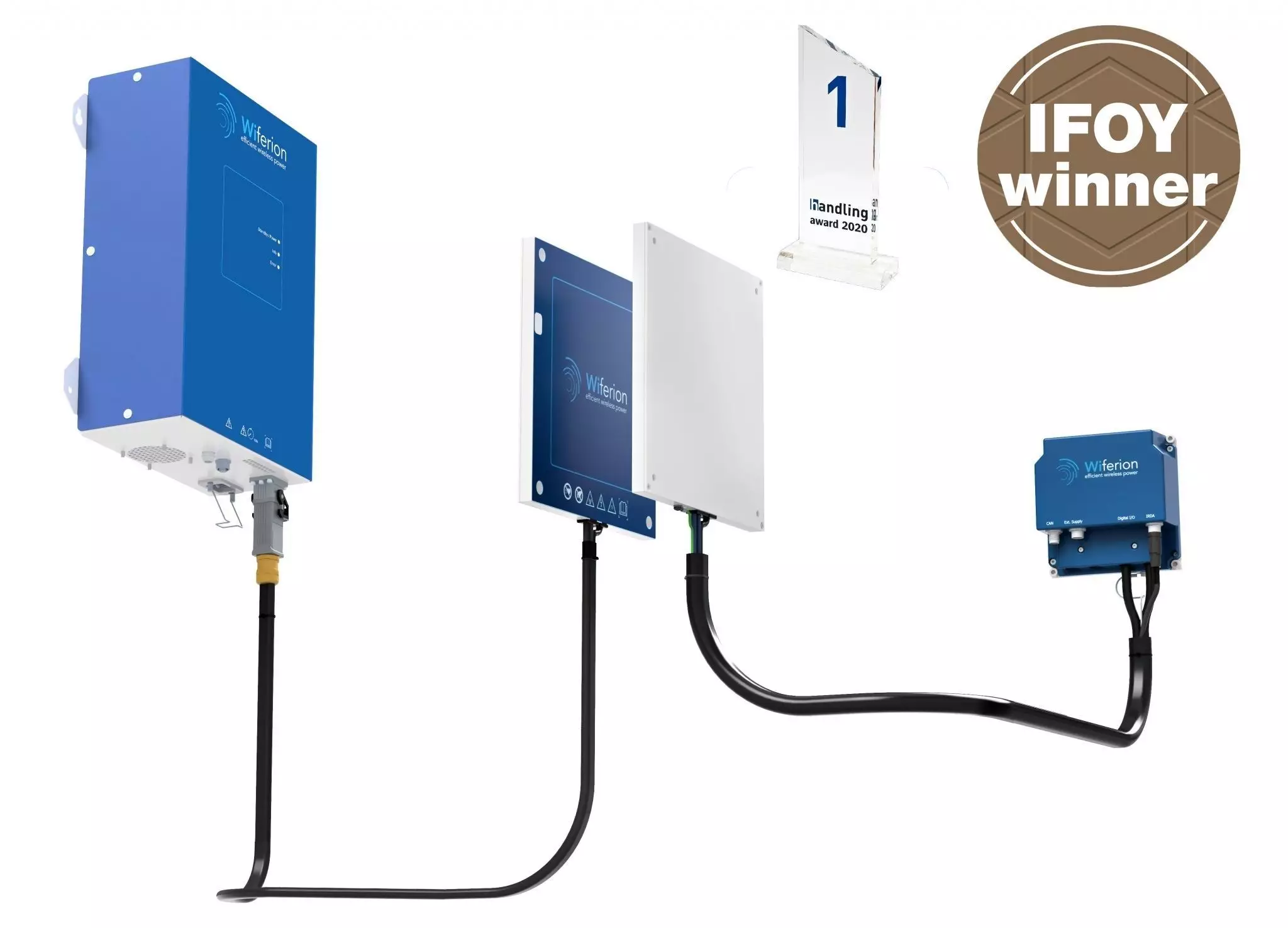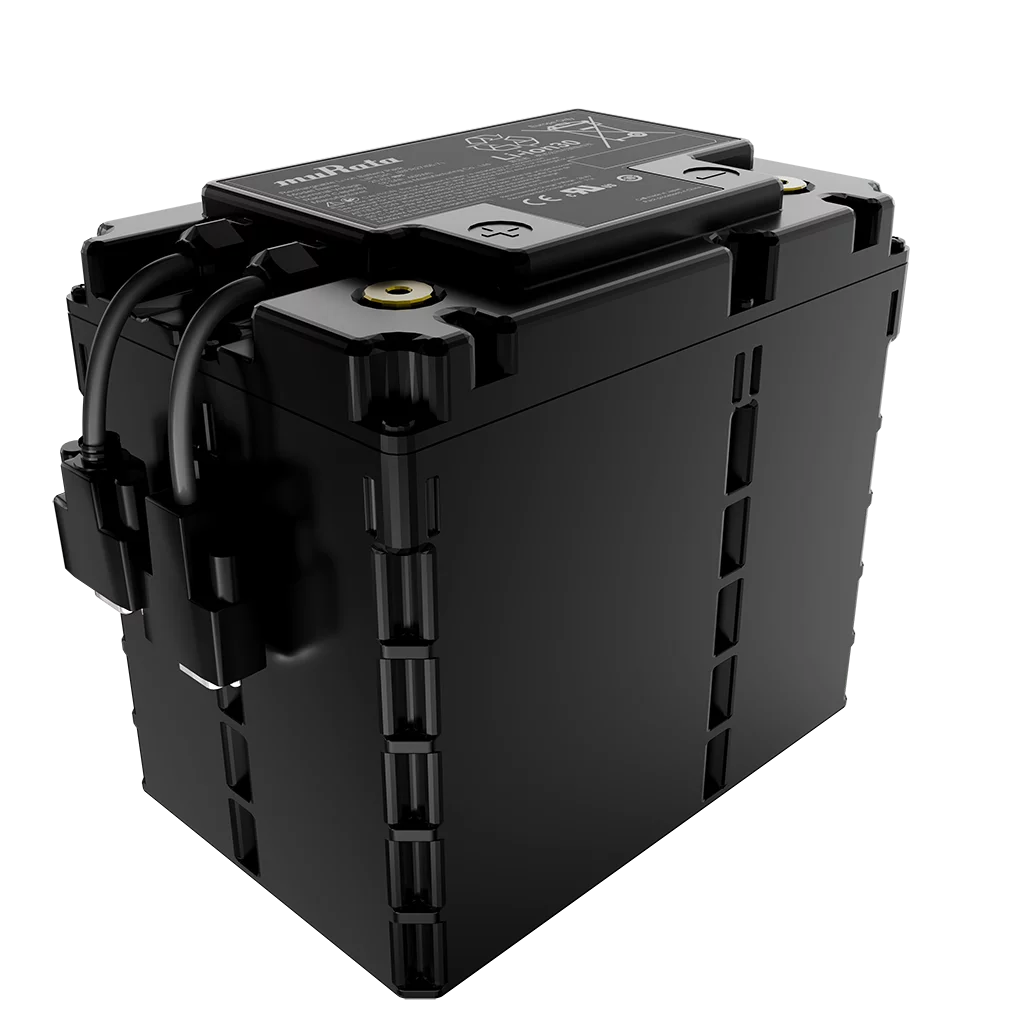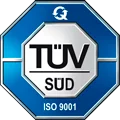How does wireless charging of the etaLINK system work?
The system consists of four components: the wallbox, the charging coil, the receiver coil and the mobile electronics.
As soon as the two coils face each other, the charging process begins fully automatically within one second.
The electronic units convert the electrical energy into a magnetic field, which "connects" the two coils to each other and charges the battery in the vehicle by converting the magnetic field at the receiver coil. The efficiency from start to finish is up to 93%.
Can several charging stations be used without further ado or does a particular vehicle always belong to its specific charging station?
The stationary charging pads and the mobile receiver pads are multi-compatible with each other. This means that a vehicle can use any charging station (of the same energy class as e.g. etaLINK 3000).
Conversely, each stationary charging pad can also charge different vehicles.
Is there an optimal number of charging stations for the number of vehicles?
It depends on the specific application. In most cases known to us, the ratio of charging station to mobile units (vehicles) is between 1 to 5 and 1 to 10.
What kind of interface is there between the charging station and the vehicle? Does the vehicle itself have to start or stop the charging process?
The mobile (vehicle side) and stationary components communicate via IrDa (infrared) interface regardless of the local infrastructure. The charging process is fully automated and starts as soon as the coils are within each others' communication range and are positioned correctly to each other.
The charging process can be started and stopped by the vehicle via the CAN interface, but is not absolutely necessary.
How is the communication with the vehicle control system implemented?
Communication with the vehicle is not absolutely necessary. The charging system operates autonomously. However, the system has a CAN-Bus interface which can be used to exchange information with the vehicle.
How exactly must the vehicle be positioned in front of / on the charging station?
At 48V the charging pads can be up to 4 cm apart or have +/- 3 cm lateral offset relative to one another. At 24V even a little more than that.
The 12 kW system allows a distance between 1.5 and 4 cm and a lateral offset of +/- 7 cm for optimal efficiency.
How high is the efficiency of wireless power transmission system (power source to battery)?
With optimal alignment and design of the system an efficiency of up 93% can be achieved. The typical efficiency of the system is 91%. The worst measured values in applications so far were 89% and thus in the range of very good wired systems.
What is the maximum kW wireless charging power that we can get?
An etaLINK 3000 system can charge up to 3.3kW @ up to 60A max. output current. Any number of etaLINK 3000 systems can be connected in parallel.
The new 12kW system can charge at 12kW @ max. 400A charging current (24V)
Does "One-4-All System" mean that a charging station can charge different types of vehicles?
Yes. The system recognizes what type of battery is going to the charging station and then provides the energy with 24 or 48 volts accordingly. This means that a wide variety of vehicles can be charged at the same charging station.
What does "in-process charging" mean and what are the advantages of this system?
"In-process charging" means that the charging process does not take place outside of the logistics application as in traditional concepts, but during the actual application process of the vehicles. The charging stations are positioned at critical points and thus integrated into the process. These points can be, for example, at loading and unloading stops or at different other stations where the vehicle stops in the logistics loop anyway. Thanks to the automatic and fast charging process that starts at full load, every little break can be used for charging.
The "in-process charging" avoids extensive charging zones, the vehicle availability can be increased by up to 30% and the battery capacity can often be reduced by up to 40%.
Because of these advantages, "in-process charging" could offer enormous cost benefits and soon establish itself as a charging standard in intralogistics and production logistics.
How quickly can the system fully charge a battery?
It depends on the battery capacity. The charging process reaches full charging current in a few seconds. As example a 60Ah battery can be charged with an etaLINK 3000 system at 48V in one hour.
Can only Li-ION batteries be charged wirelessly?
All types of batteries can be charged (24 and 48V) with the etaLINK system, but lithium-ion batteries in particular are ideal for short-term charging with high currents. In this way, vehicles can be supplied with electricity even in the shortest, planned downtimes of the logistics process. This leads to an optimized logistics process and higher vehicle availability.
Isn't inductive charging a waste of energy? You hear so much about induction inefficiency.
The etaLINK system achieves up to 93% efficiency. It is comparable to very good wired charging systems. It does not consume energy without direct communication contact to the receiver coil.
In contrast, the well-known line-bound inductive charging systems achieve an efficacy of only around 60%.
Can I only use the system for new vehicles? Or can older vehicles also be retrofitted, to enable them to charge wirelessly using the new technology?
The system can be installed on both new and old vehicles.
With the etaTRAY technology, Wiferion provides a plug and play retrofit product for forklift trays. For example, older vehicles with lead-acid batteries on board can also be upgraded to the new lithium battery technology and allow them to have wireless charging.
At what temperatures can the system be used?
The etaLINK system is operable in the temperature range between -10 °C and + 65 °C. The only limit may be the battery itself – it may have different limit values.
Can the system cause interference in the corporate network (WLAN)?
The system uses IrDa (infrared) communication method and therefore does not interfere with WLAN networks etc.
What are the advantages of wireless charging compared to charging with contact chargers?
The wireless charging works without any contacts, therefore there is no abrasion or wear and tear.
The inductive system does not need regular maintenance, like cleaning the contacts.
High positioning tolerance which allows a less exact arrival of the vehicle at the charging pad.
Omnidirectional charging gives a huge advantage as AGVs can arrive from all sides to the pad.
One single pad can supply different kind of voltages and charge therefore different batteries and vehicles.
Data transmission is already integrated into the pad which allows convenient condition monitoring of all relevant information.
No moving mechanical parts need to be installed at the vehicle in order to achieve the contacts between charging poles.
The inductive power transmitting starts in less than 1 seconds and reaches full power immediately which makes it even more useful for fast and short time "In-Process-Charging" breaks.





